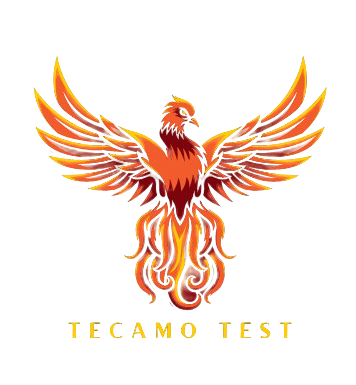For anyone looking to open a bar in New York, one of the first and most crucial steps is securing a liquor license. Operating a bar without the proper liquor license is illegal and can lead to severe consequences. New York’s liquor licensing process is regulated by the New York State Liquor bar licensing in new york Authority (NYSLA), and it involves several steps, specific eligibility criteria, and strict zoning regulations. This guide provides a thorough overview of the bar licensing process, so you can confidently navigate the requirements and successfully open your business.
The first step in the licensing process is determining which type of liquor license you need. Bars that plan to serve beer, wine, and spirits will require an On-Premises Liquor License. For establishments that intend to serve only beer and wine, a Tavern Wine License may suffice. New York also offers specialized licenses, such as the Club Liquor License for private clubs and the Catering Establishment License for venues that serve alcohol at private events. Choosing the right license is crucial, as each comes with its own set of regulations and fees.
Before applying for a liquor license, bar owners must meet certain eligibility requirements. Applicants must be at least 21 years old and have no disqualifying criminal convictions, especially those related to alcohol or fraud. The applicant must also have legal control over the property where the bar will operate, either through ownership or a lease agreement. Additionally, the business must be registered as a legal entity, such as an LLC or corporation. The NYSLA conducts background checks on the applicant and key personnel to ensure they are fit to hold a liquor license.
In addition to the basic eligibility requirements, bar owners must ensure their location complies with New York’s zoning laws. Zoning regulations determine where alcohol-serving establishments can be located, and they vary depending on the city or county. For example, the 200-Foot Rule restricts bars from being within 200 feet of a school or a religious institution. In New York City, the 500-Foot Rule also applies, limiting the number of liquor licenses in densely concentrated areas. If a proposed bar is within 500 feet of three or more other licensed establishments, the applicant must demonstrate that their bar will not negatively impact the surrounding neighborhood.
Once eligibility and zoning requirements are met, bar owners can submit their liquor license application to the NYSLA. The application requires several documents, including financial statements, business plans, a detailed floor plan of the bar, and background information about the applicant and key staff members. In New York City, the local Community Board must be notified of the application. While the Community Board’s input is not legally binding, the NYSLA will take it into account when making the final decision.
The application process can take several months, as the NYSLA reviews the application, conducts hearings, and evaluates any community objections. If the application is approved, the bar owner will be granted a liquor license and can begin legally serving alcohol. However, the approval is contingent upon adhering to a set of regulations, such as responsible alcohol service, maintaining a safe environment, and following legal operating hours. Any violations of these regulations can result in fines, suspension, or even revocation of the license.
In conclusion, obtaining a liquor license is a necessary and complex process for opening a bar in New York. By understanding the types of licenses available, meeting eligibility criteria, complying with zoning laws, and submitting the proper documentation, bar owners can successfully navigate the licensing process. With the right license in place, owners can legally serve alcohol and establish a thriving bar business in one of the world’s most vibrant hospitality markets.
